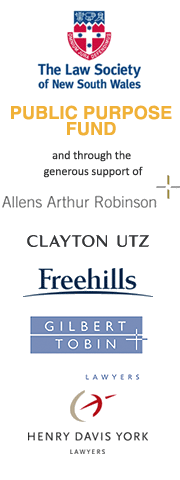Freedom of the press
Established in 1803, the Sydney Gazette remained the only newspaper in the New South Wales Colony for 20 years. Intended as a mouth piece of the colonial government, the printer, George Howe, was required to forward his proof sheets to the Colonial Secretary to ensure compliance with British authorities.
By the 1820s, rival newspapers were being established in the colony. In 1824, William Charles Wentworth and Dr Robert Wardell published the Australian without seeking permission from then Governor, Sir Thomas Brisbane.
Highlighting the rights of freed convicts (emancipists) in the Colony, the first issue of the Australian argued that free press was the most legitimate and strongest weapon that could be employed against nepotism, tyranny and oppression. The Australian was critical of the power of the elites (or exclusives) in the Colony. Trial by jury and the right of emancipists to serve on juries were some of the causes taken up by Wentworth and Wardell.
The Australian, 14 October 1824, p 2
Newspaper BN 417
Soon, increasingly diverse views were being expressed in Sydney's newspapers, such as in the Monitor, a more radical publication that campaigned for the legal rights of convicts. These newspapers provided a public forum for political and legal ideas to be expressed in the Colony. Governor Ralph Darling, arriving in Sydney in 1825, was in the unfortunate position of being the first Governor of the Colony to be subjected to the criticism of a free press, a situation he openly resented.
However, Chief Justice Francis Forbes did not perceive the Australian would threaten the well-being of the Colony,
I do not apprehend any ill consequence to the govt from its establishment. The executive here has such a mass of influence, arising from an almost unlimited command over the soil and the labourers of the country, that poorly indeed must it be conducted, if it have ought to fear from an opposition weekly newspaper.
(Letter from Francis Forbes to Robert Wilmot Horton, 7 November 1824)
> Discover more about attempts to restrain the press



